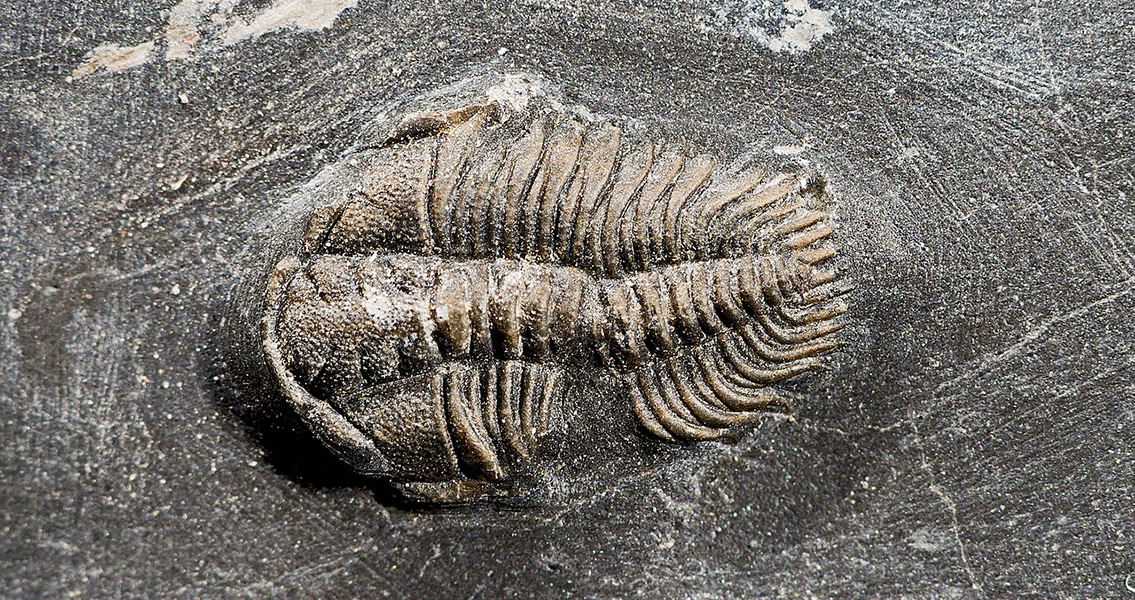<![CDATA[A team of German and Chinese researchers has made a claim that could spark major re-dating of organic material from more than 30,000 years ago. What the team suggests is that radiocarbon dating, which has long been the dominant method of dating organic matter up to 60,000 years old, becomes unreliable for specimens of over 30,000 years, in some cases highly unreliable. "The radiocarbon dating technique may significantly underestimate the age of sediment for samples older than 30,000 years,” the researchers wrote in their paper, as quoted by the South China Morning Post. The paper is published in Earth and Planetary Science Letters. Radiocarbon dating, which was discovered for science as a method of dating ancient specimens of organic matter by US chemist Willard Libby, consists in measuring the levels of carbon-14, a radioactive isotope of the element that has a halflife of 5,700 years. All organic matter, while it lives, absorbs this isotope from its environment. Libby theorised that the amount of both non-radioactive and radioactive isotopes of carbon in an organism remain a constant throughout its life, and after this life ends, the absorption stops and carbon-14 starts to decay. The reason why radiocarbon dating is only good for specimens younger than 60,000 years old is that the traces of the isotope are too tiny to detect in older organic matter. It seems, however, that Libby made one assumption that may be the undoing of the method as a reliable source of information. He assumed, according to the authors of this new study, that the levels of radioactive and non-radioactive carbon are in a never-changing proportion. Yet, such changes were very likely to have occurred, since there are a lot of things that can affect the proportion of radioactive and non-radioactive carbon isotopes. Among them are atom bombs and the burning of fossil fuels, the authors note, but they are by no means the only potential causes of change. It would be difficult to imagine an atom bomb being detonated 20,000 years ago, for instance, but it seems that some natural processes and events can also change the proportion. To prove their hypothesis, the team examined organic samples from the sediment in Xingkai Lake, the largest freshwater body in northwestern China, near the border with Russia. They used radiocarbon dating and another dating method called optically stimulated luminescence. With it, they measured the amount of free electrons in quartz from the bottom of the lake. Based on this number, they could tell how long the sample had stayed there. They then dated that and other samples using radiocarbon dating and found that the method became unreliable for samples over 30,000 years old. The study is likely to have the most immediate implications for climate change studies; the site selected for the study is considered one of the great lakes in China, which are believed to have been formed following a major warming that melted the ice sheets in the region and probably occurred around 40,000 years ago, based on carbon dating. Now, however, with the new evidence, the researchers claim that this warming may have happened much earlier, as early as 80,000 years ago, based on optically stimulated luminescence. Commenting on the study to the South China Morning Post, one scientist who did not take part in the work, Liu Jinui, who is a specimen curator at the Institute of Vertebrate Palaeontology and Palaeoanthropology in Beijing, said there are many alternatives to carbon dating but the method has been around for so long and is so easy to use that researchers have, in a way, neglected to question its accuracy. For more information: High-resolution OSL dating of a late Quaternary sequence from Xingkai Lake (NE Asia): Chronological challenge of the “MIS 3a Mega-paleolake” hypothesis in China ]]>
Researchers Suggest Carbon Dating is Misleading
